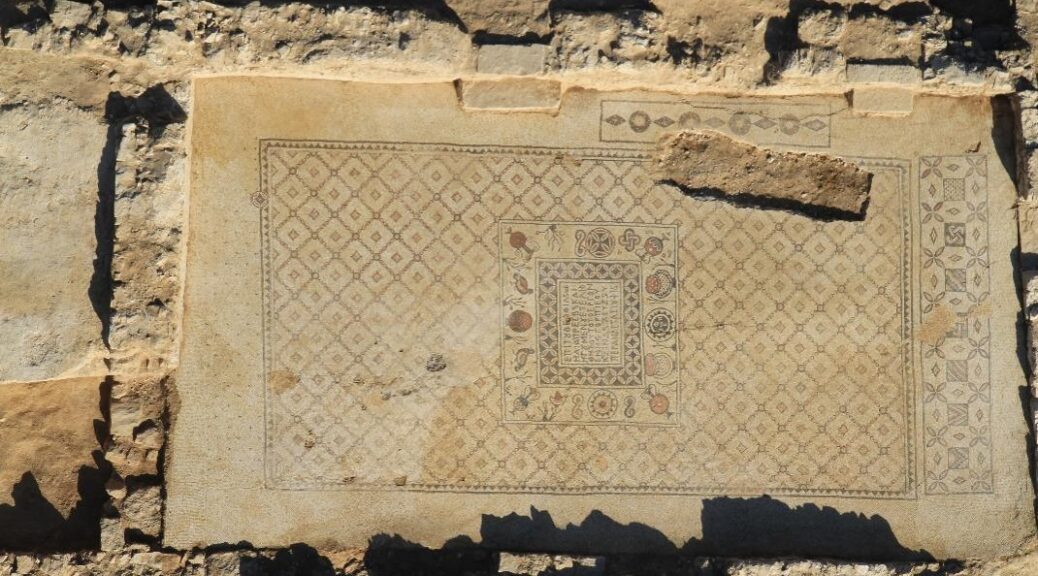Archaeologists Uncover 1,100-Year-Old Viking Boat Grave of Woman and Her Dog on Senja Island, Norway

In a remarkable archaeological discovery on Norway’s remote Senja Island, experts have unearthed a remarkably well-preserved 1,100-year-old Viking boat grave belonging to a woman of notable local status — and her loyal canine companion.
The find, revealed by archaeologists from the Arctic University Museum of Norway, was sparked by the chance encounter of metal detectorists, who discovered a pair of bronze bowl-shaped brooches and exposed rib bones beneath a thin layer of soil. Their discovery prompted a full excavation in May 2025, leading to a rare and intimate glimpse into Viking burial customs.
A Viking Burial of Significance
The wooden burial boat, measuring approximately 5.4 meters (18 feet) in length, was built mostly without iron rivets and lay just beneath the surface. Inside, archaeologists found the remains of a woman, laid on her side with knees bent, and at her feet — the skeleton of a small dog, possibly her pet.
“The dog appears to have been placed with great care,” said archaeologist Anja Roth Niemi in an interview with Science Norway. “While dogs in graves aren’t unheard of, their presence is still relatively rare. This one adds a deeply personal touch to the burial.”

The dog’s inclusion may reflect emotional bonds between humans and animals even during the Viking Age. Saga literature and other sources suggest that Vikings deeply valued their dogs, sometimes taking extraordinary measures to care for them in life — and honoring them in death.
The woman was buried with a variety of artifacts that indicate her elevated social standing. These included:
Two ornate oval brooches adorned with silver thread
A bronze pendant and beads made from amber or bone
A sickle and whetstone, tools linked to agriculture
A whale bone object, likely a weaving sword used in textile production

“These items suggest she was of significant importance within her community — perhaps not at the very top of Viking society, but clearly someone of influence,” Niemi explained.
Preservation and Future Analysis
Despite the passage of over a millennium, parts of the skeleton were surprisingly well preserved, especially where metal artifacts helped prevent bacterial decay.
The northern Norwegian soil, rich in lime from ancient shell sand, contributes to the exceptional conservation of skeletal material.
Further laboratory analysis will confirm the sex, age, and health of the individual, as well as offer insights into her diet, physical condition, and life history. Advanced techniques might eventually even reconstruct her appearance.

Fragments of textiles and organic matter, preserved thanks to the careful work of the original metal detectorists, also promise to reveal more about Viking-era clothing and burial rituals.
A Site with More Secrets
Interestingly, archaeologists discovered another brooch just meters from the main grave, suggesting the potential existence of additional Viking burials nearby. Plans are underway to survey the site with ground-penetrating radar to uncover possible extensions of this ancient burial ground.
Boat burials are known from Viking culture, but intact graves with both human and animal remains are rare. “This discovery is significant not just for what it tells us about one woman’s life, but about the burial practices and social structure of Viking Age Northern Norway,” said Håkon Reiersen of the University of Stavanger.
The presence of the dog, the well-preserved bones, and the rich array of grave goods together paint a vivid picture of personal identity, status, and companionship in Viking society.

























